pitcher plant care australia
The first thing to know about pitcher plants is their habitat. As a general rule of thumb most carnivorous plants grow best in full sunlight.

The Full Guide On Tropical Pitcher Plant Nepenthes Care
Diseases of Pitcher Plant.

. Purple pitcher plants follow suit thriving best under at least six to eight hours of bright light daily. Its leaves are bright green and its hood prevents rainwater from filling the pitcher. We also recommend covering the surface of the soil with a layer of silica sand ¼ to ½ an inch.
Often a damaged plant will regrow from the roots which also form plants as the original plant ages. Pitcher plants should not be fertilized. In hotter climates it can handle a bit of shade as well.
Exposure to direct sunlight helps the plant to grow vigorously and attain beautiful coloration while those plants cultivated in the shade tend to remain green. Remember however that you can realize larger pitchers if you allow for dormancy. Some grow in bogs.
You can raise the Western Australian Pitcher Plant as you would grow any other subtropical plant. If the plant is displaying floppy leaves or pitchers thats usually a sign its not getting enough light. Use our water calculator to personalize watering recommendations to your environment or download Greg for more advanced recommendations for all of your plants.
Pitcher Plant Care Australia. Writing unique web site content could be a hard job. In fact they are very hardy and resilient.
With a little skill they can be grown into large cascading mounds of pitchers. Australian Pitcher Plants Cephalotus The Australian pitcher plant or Cephalotus is a rare and delightful carnivore with fat toothy pitchers that flush deep red in bright light. They dont need acidic soil to grow.
Keep humidity elevated for a week or two after repotting. Australian Pitcher Plant needs 08 cups of water every 7 days when it doesnt get direct sunlight and is potted in a 50 pot. This keeps the crown of the plant a little dryer which helps prevent crown rot a primary killer of Cephalotus and helps slow down algae and carpet moss growth.
Chemical drift from sprayed pesticides or herbicides is also a danger to the plant. The pitcher plant grows from 6 to 36 inches tall and can spread to a diameter of several feet. Choose a pot up to twice the size of the selected plant.
Position in a very well lit protected area and fill with a low nutrient quality growing media such as Yates Seed Raising Mix with some sphagnum moss mixed in. Australian Pitcher Plant needs 08 cups of water every 7 days when it doesnt get direct sunlight and is potted in a 50 pot. Pitcher plants are bog plants but they can also drown in solid clay soils so be careful to ensure proper drainage.
Water 08 cups every.
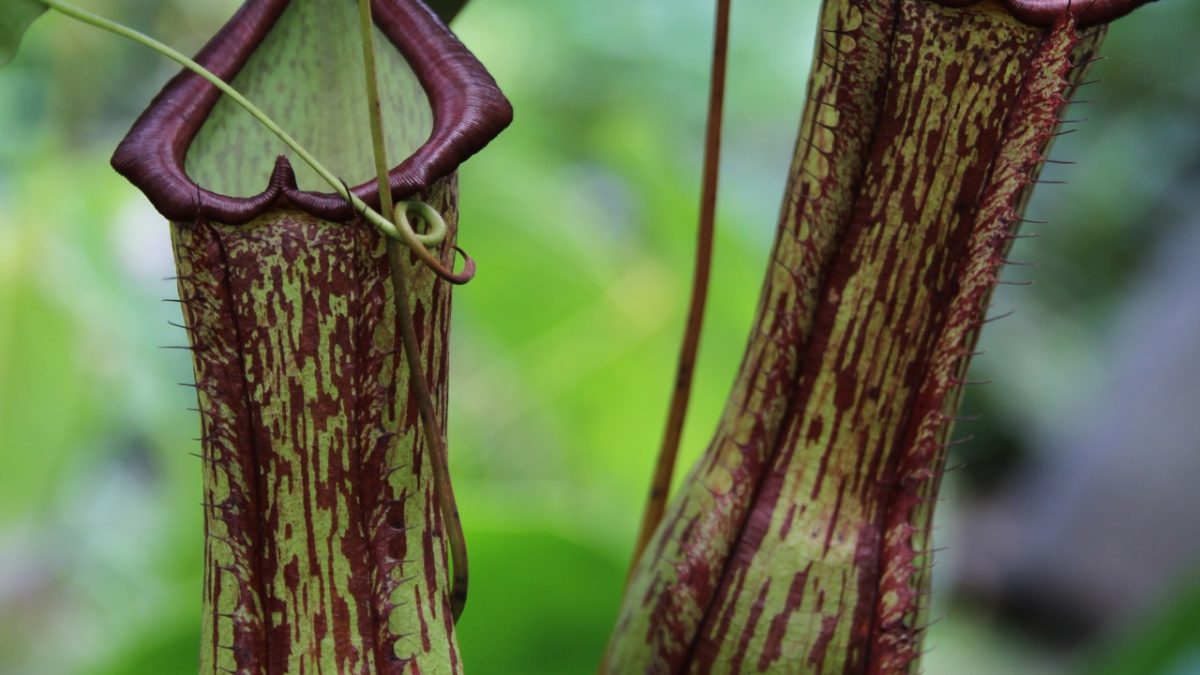
Nepenthes Tropical Pitcher Plant Plant Profile Oxley Nursery Brisbane
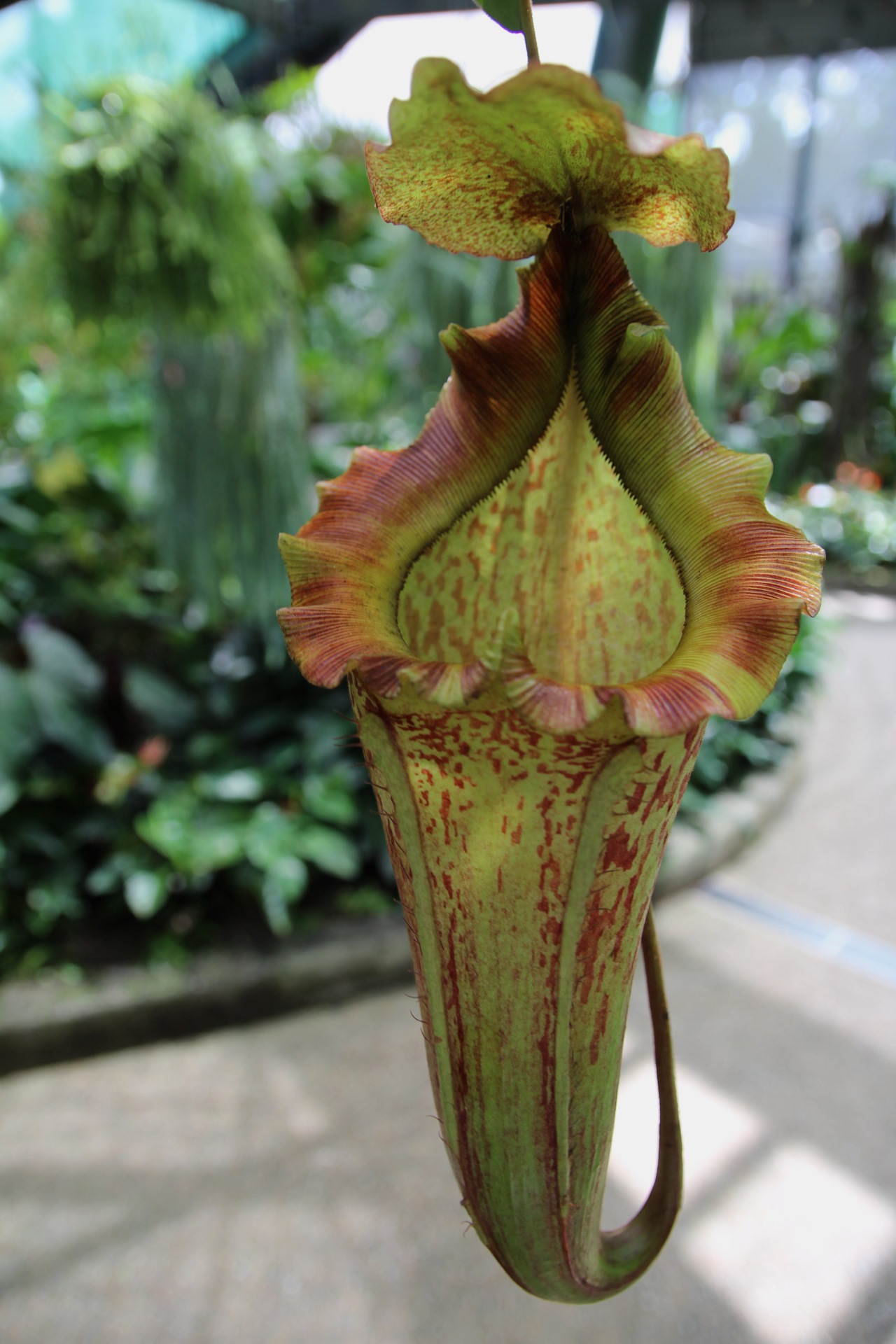
Nepenthes Tropical Pitcher Plant Plant Profile Oxley Nursery Brisbane

How To Grow And Care For Pitcher Plants Bunnings Australia
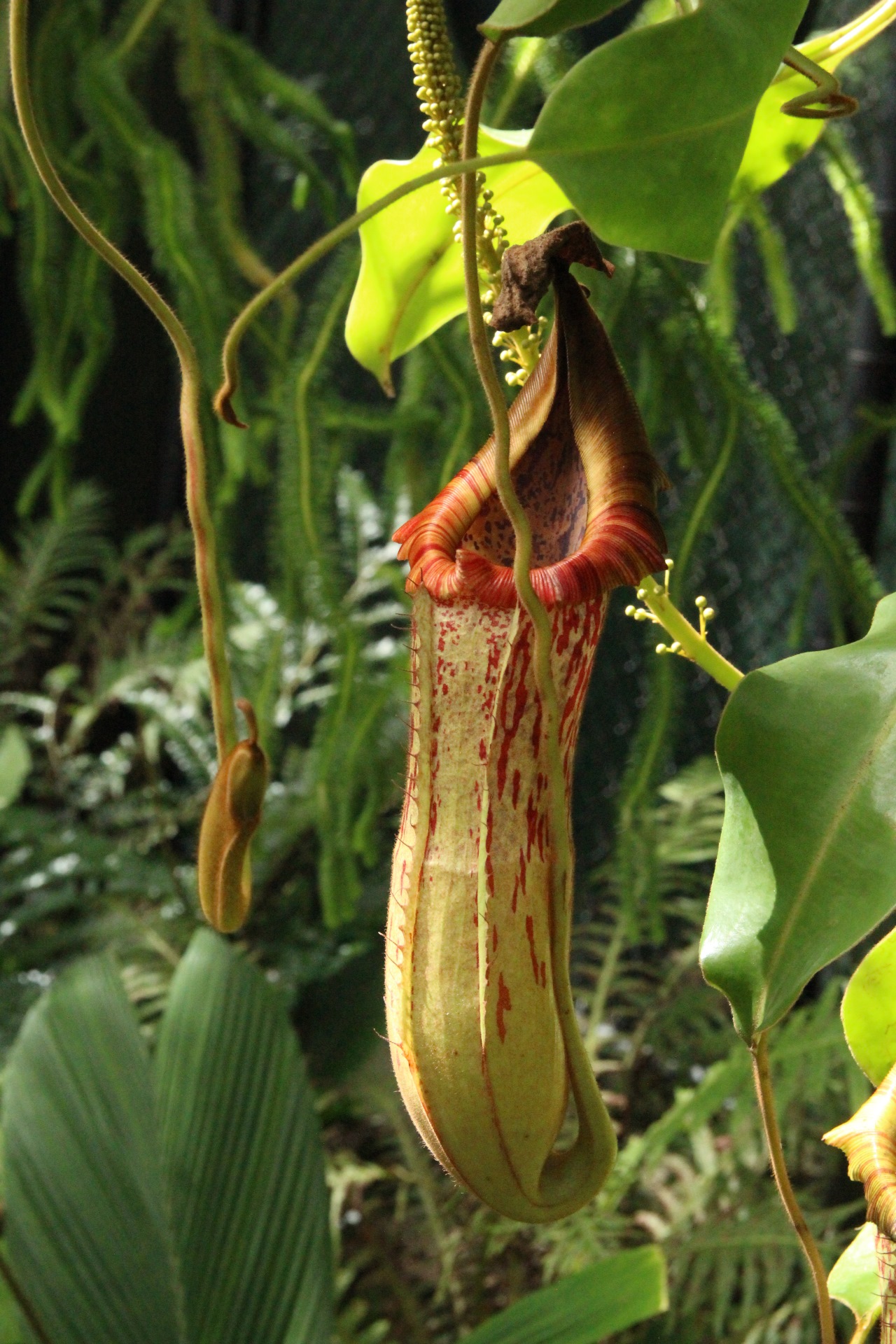
Nepenthes Tropical Pitcher Plant Plant Profile Oxley Nursery Brisbane

How To Care For Pitcher Plants Greener House

Saving Our Carnivorous Plants From Poachers Earth News Partilcle
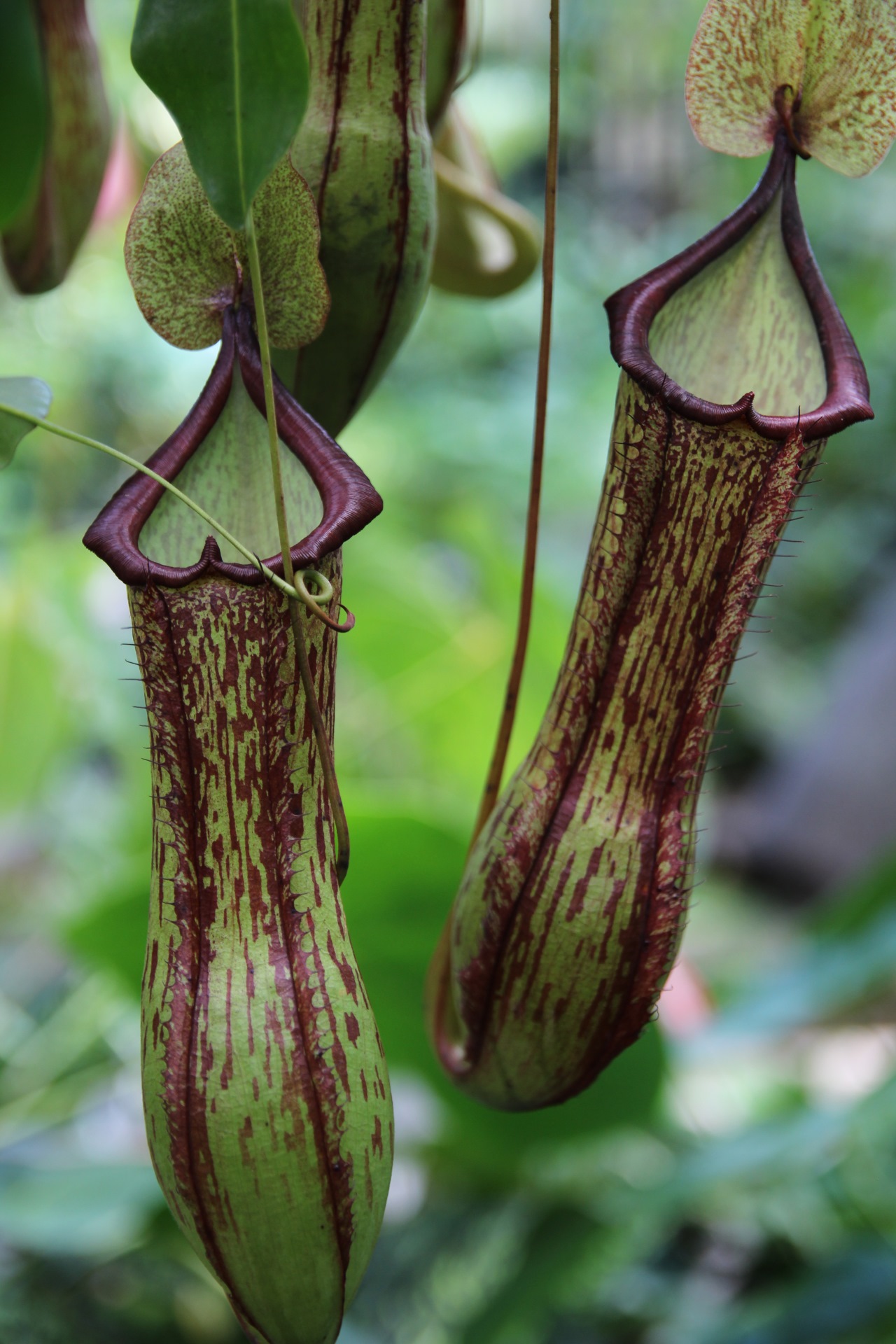
Nepenthes Tropical Pitcher Plant Plant Profile Oxley Nursery Brisbane

8 Cool Carnivorous Plants For Your Garden Lawn Com Au

Nepenthes Carnivorous Plants Perth Wa
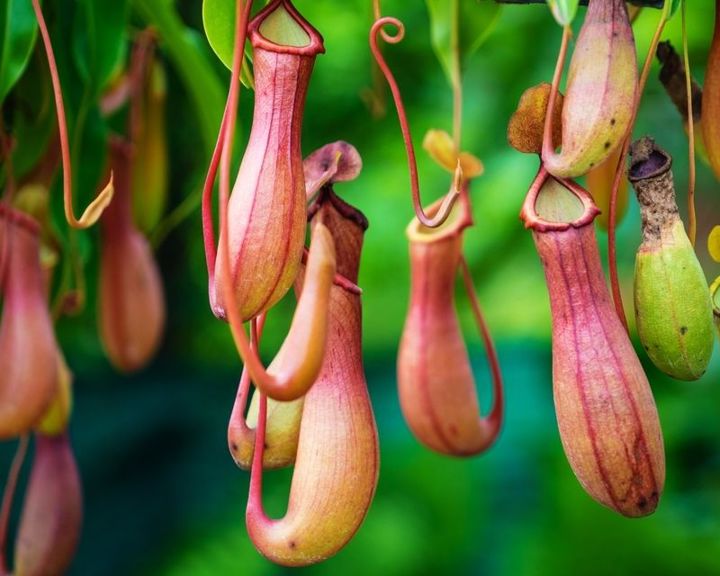
How To Grow Pitcher Plant Yates Australia

Tropical Pitcher Plant San Diego Zoo Animals Plants

Carnivorous Plants Flower Power
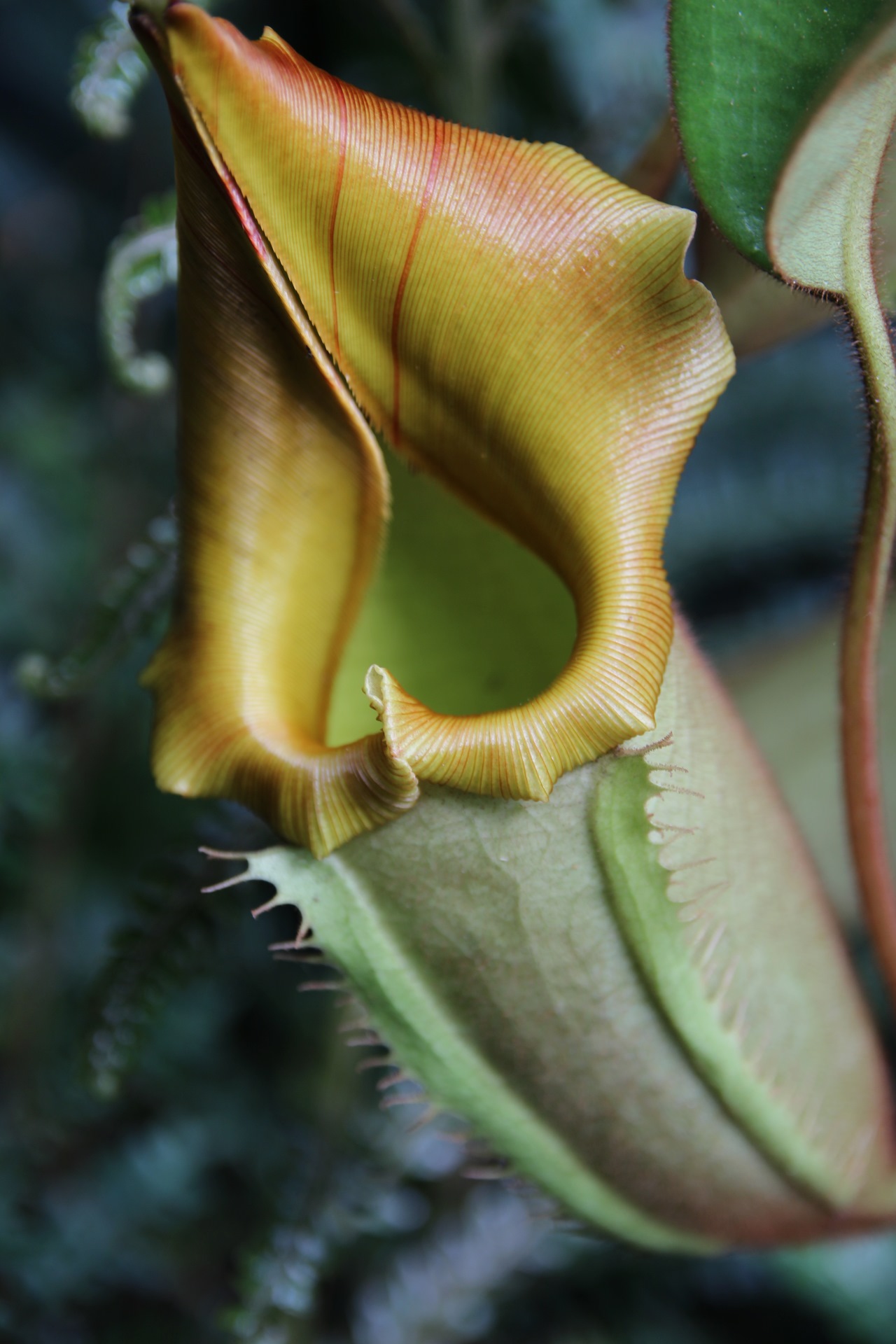
Nepenthes Tropical Pitcher Plant Plant Profile Oxley Nursery Brisbane

Cephalotus Follicularis The Australian Pitcher Plant Carnivorous Plant Resource

Nepenthes Miranda Pitcher Plant

Savage Garden Fact Sheets Gardening Australia Gardening Australia

Hanging Pitcher Plants How To Grow A Pitcher Plant In A Hanging Basket
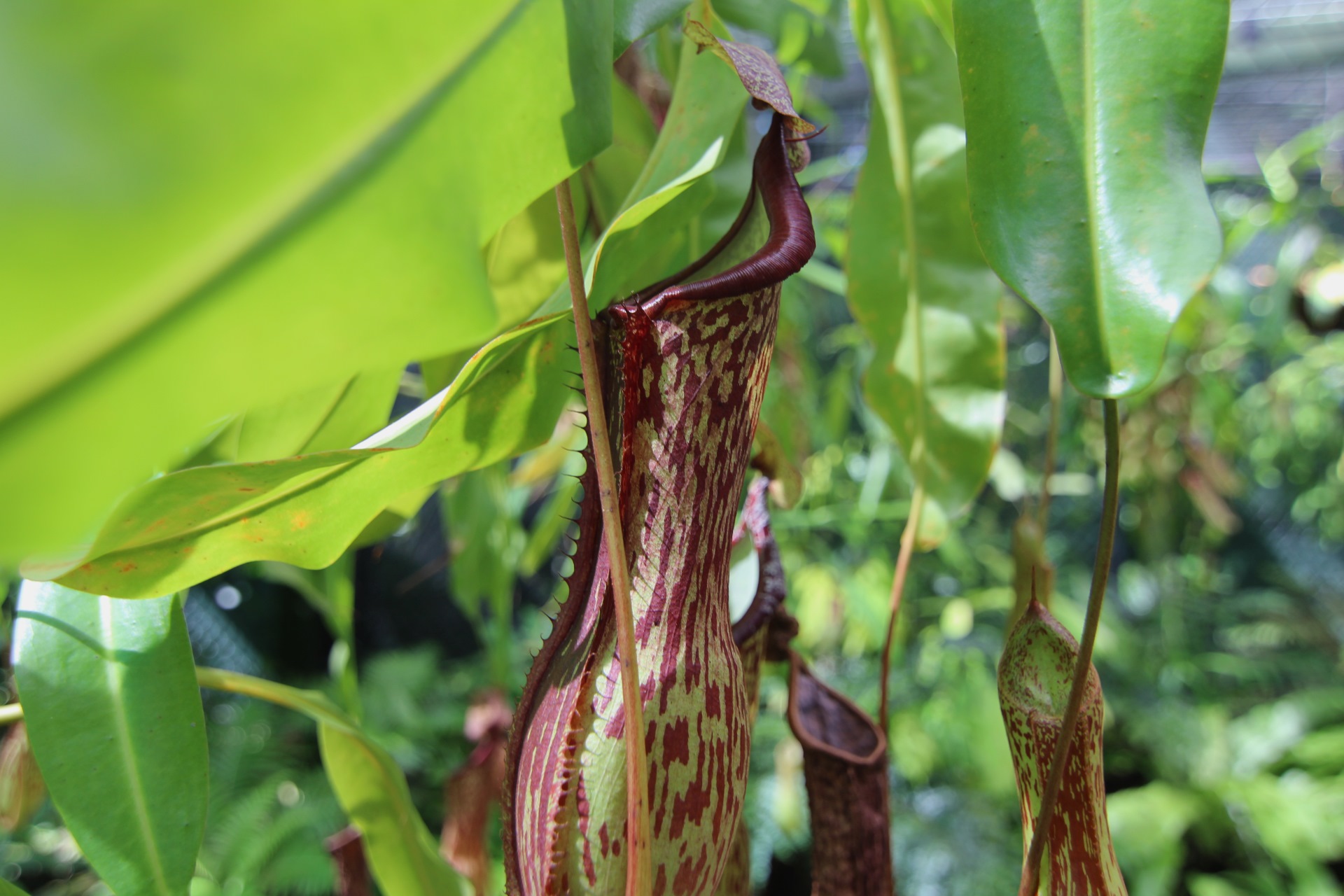
Nepenthes Tropical Pitcher Plant Plant Profile Oxley Nursery Brisbane
